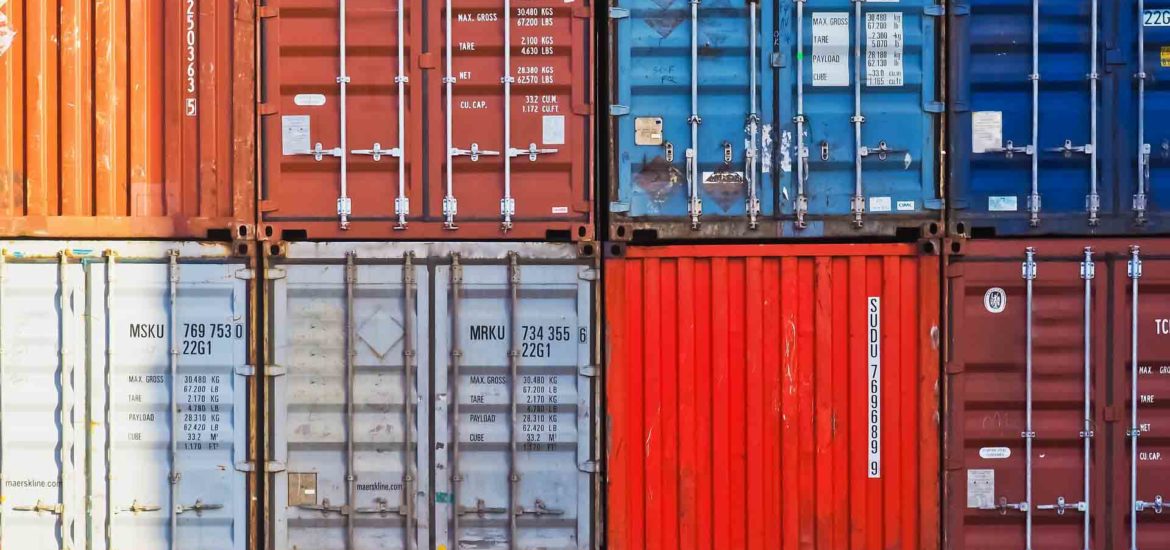A product has to made from transport of business goods from raw materials to assembling. A company’s products have to reach its customers doorstep. Transport plays a vital role in the trade today. Choosing the right shipping method, or combination of methods, is vital to product success as the company needs to get its products to its destination on time and at the right cost.
Here are 4 shipping methods to transport your business goods,
Transporting Goods By Road
Road transportation is one of the most common shipping methods. It is used with goods that need to be transported short distance, urgently or before/after any of the below shipping methods to reach their destinations. For example, at either end when using rail or air, and especially when using the sea option as goods will often have to go inland from the ports. Using the roads is not always environmentally. Delays on the roads are common; try to avoid travelling in rush hours. Vehicles with tracking systems can be used to check where the truck is and to keep customers updated.
Read More : Entrepreneurs Guide to Buying a Vehicle for Business
With a wide-range of goods and commercial vehicle types available like, trucks, mini vans, etc., businesses have a huge choice when deciding a transport system for delivery of its business goods and consignments. Most types of goods can be moved by road. The companies must be careful to assess the type of goods they will be transporting. The road is not the fastest method of transport, so it is not ideal for perishable goods for instance. It is important to always assess the road network.
It is possible to buy or hire a truck to transport the goods yourself; But remember if you are using the roads to go abroad, you will need to have a CMR note. Its a document to show you are allowed to transport goods internationally. Trucks often deliver the product to its final destination.

Transporting Goods By Rail
The rail could be used when shipping from the local company’s factory point to the end user’s final destination within the country.
The rail service is a quick way to transport goods so is ideal for perishable goods and it is environmentally friendly. Transporting business goods could be more efficient and cost effective, than transporting goods by road. However, businesses should be aware that the onward journey once the goods arrive at their destination, could take time and may involve the trans-shipment of the goods to several different rail operators. Setting up what could be a complex logistical process is where the services of a freight forwarder can become beneficial.
Also Learn : 8 Factors to Consider When Transporting Goods in Business Logistics
The key component of rail transporting is to be aware that it is more cost effective to ship large quantities of goods in a single consignment. There is little congestion on the rail but there can sometimes be delays. On some routes it can be quite expensive to transport goods on a train. The timings are relatively inflexible, they are scheduled so you have to work around them. You will need a rail haulage package that can be purchased through a freight operating company, a terminal operator or a third party logistics company.
So, if your budget stretches and the timings suit you, the rail is a fast and efficient way to transport your goods.
Transporting Goods By Air
If your goods need to travel long distances, then transporting them by air is the fastest mode of transport and flights are frequent to major countries. However, you can expect delays every now and then due to uncontrollable circumstances. Also, it is not eco-friendly and can be expensive as it is usually charged by kilogram – perfect if goods are light, not so useful is they are heavy. There are other costs to consider too such as handling fees, custom fees, security fees, duty costs and GST. Freight forwarders can assist by quoting a price and organizing your shipping needs. Just make sure they have experience shipping abroad and that they have insurance.
Not all destinations are covered, however, and special charters may be required for more exotic markets. Shipping by air is more expensive than surface or sea transport; but the higher costs may be offset by faster delivery, lower insurance, cheaper warehousing and better inventory control. If the business needs to transport time sensitive goods such as perishable goods, air transport is ideal. It is also important to be aware of the additional costs of airport terminal fees, fuel surcharges and any additional expenses for handling dangerous goods. Generally, most air cargo is carried in the holds of passenger aircraft using scheduled flights.
It is important that consignments arrive at the airport ready to load onto the aircraft that is expecting them. Special containers are used because of the unique shape of an aircraft’s hold. The Exporter should be aware of this when packing his goods for transport by air.
If your budget can afford to use air transportation, its the fast method for goods travelling a long distance.

Transporting Goods By Sea
This method is great if you want a cheap way to transport large volumes of goods but it is slower and not as flexible as other methods. Liner vessels operate on a fixed schedule and use certain routes that may or may not suit you. If not, use a tramp vessel operates according to the demand of the person who charters it. If you do have a large amount of items to be sent, you will probably want to book the times that suit you.
Goods exported to offshore markets are most often transported by ocean carriers. Shipping large items, bulk commodities and goods that do not require fast delivery is more economical by sea. Like road transport, sea transport can use a number of different routes to arrive at the same destination. The Exporter should discuss the various options with his freight haulage company or freight forwarder. Because, the cost savings could be made by choosing one route over another. As well as the route the goods will take, the Exporter should be aware that the cost of shipping containers of goods is based on each container being full.
Also Read : How to Improve Your Product Packing, Marking, Labeling for Exports?
Therefore, to reduce costs always try and ship a completely full container of goods via sea. Normally no discounts are available for containers that are not completely full. If the need is to export relatively small numbers of consignments, the Exporter should talk to his freight forwarder as they have vast experience of consolidating a number of businesses shipments together into one container to save on costs.
Sea is the cheapest shipping method for long distance transport. However, it can be slow so would not be ideal for perishables or goods that are in demand.
Decide on Shipping Methods
If you regularly transport goods to customers, you should consider the time each method of transportation will take and how much it will cost. You should find a reliable method that works for you so that your customers aren’t disappointed.
Do you know more on shipping methods to transport your business goods? Comment them on Trdinoo for others to learn. Please subscribe and share us with your friends and networks.
